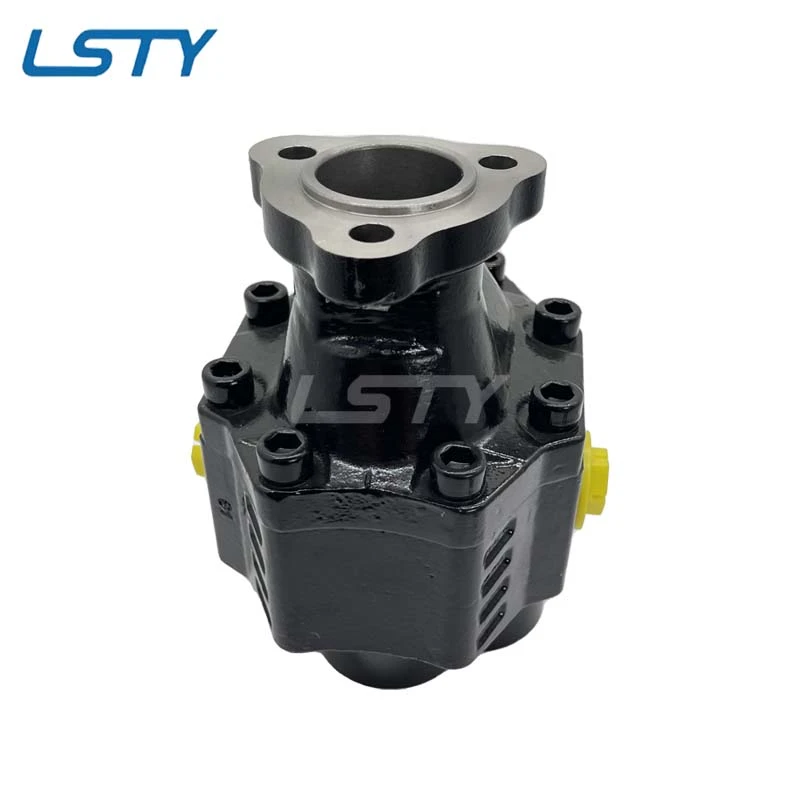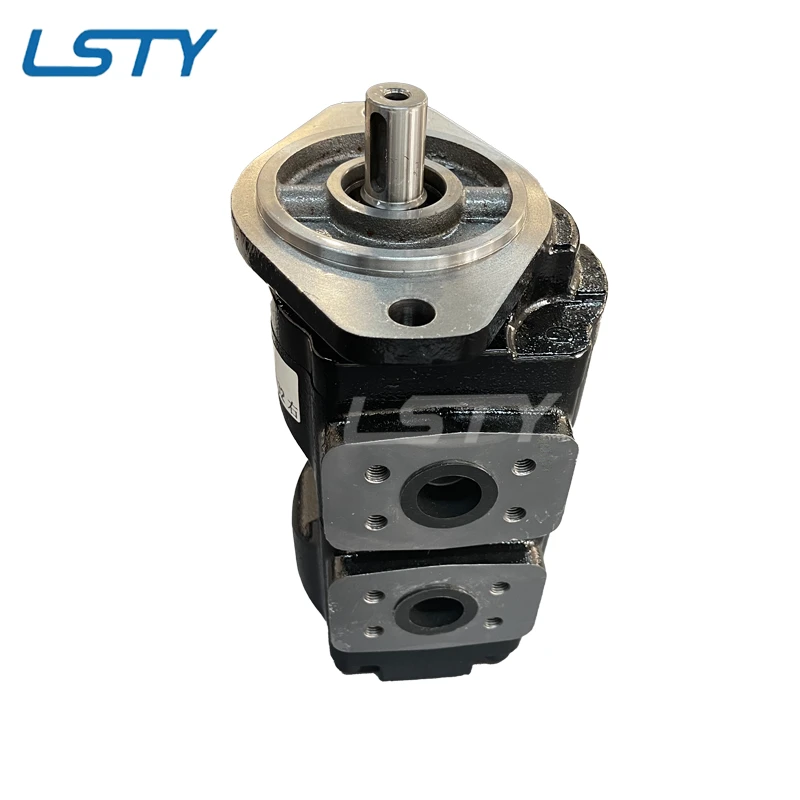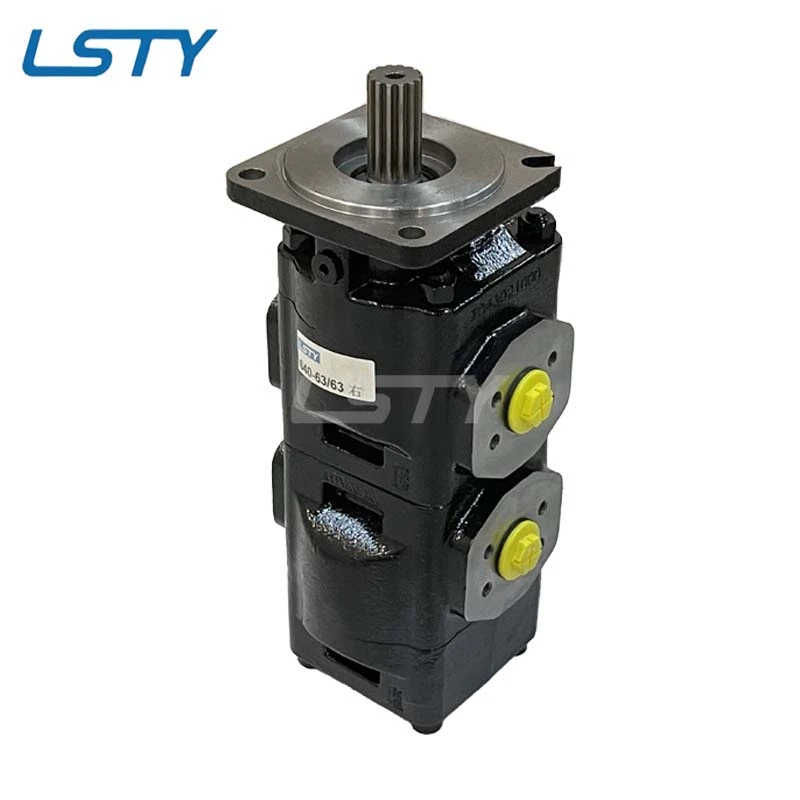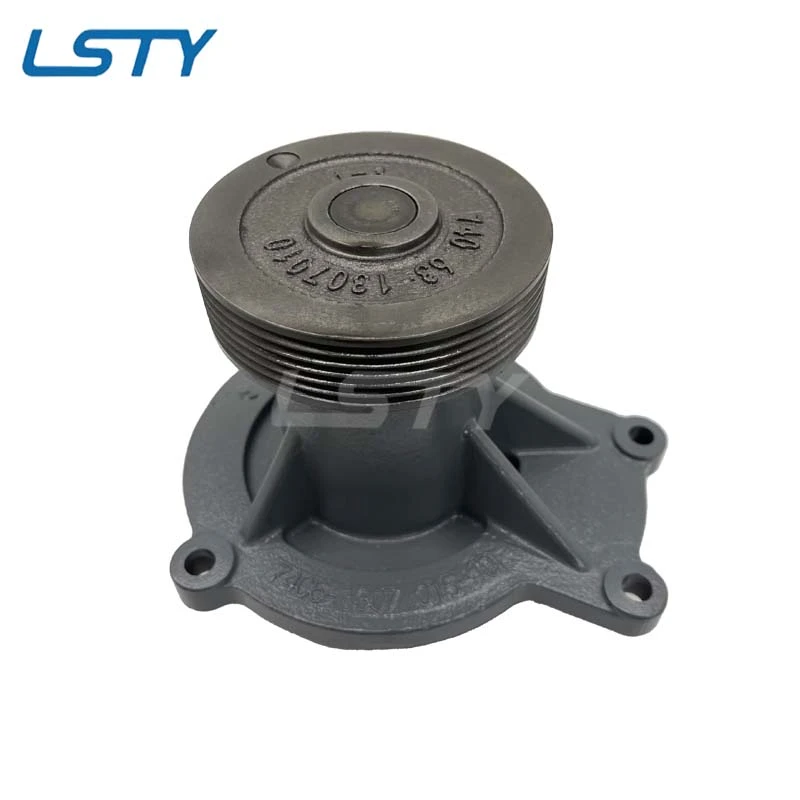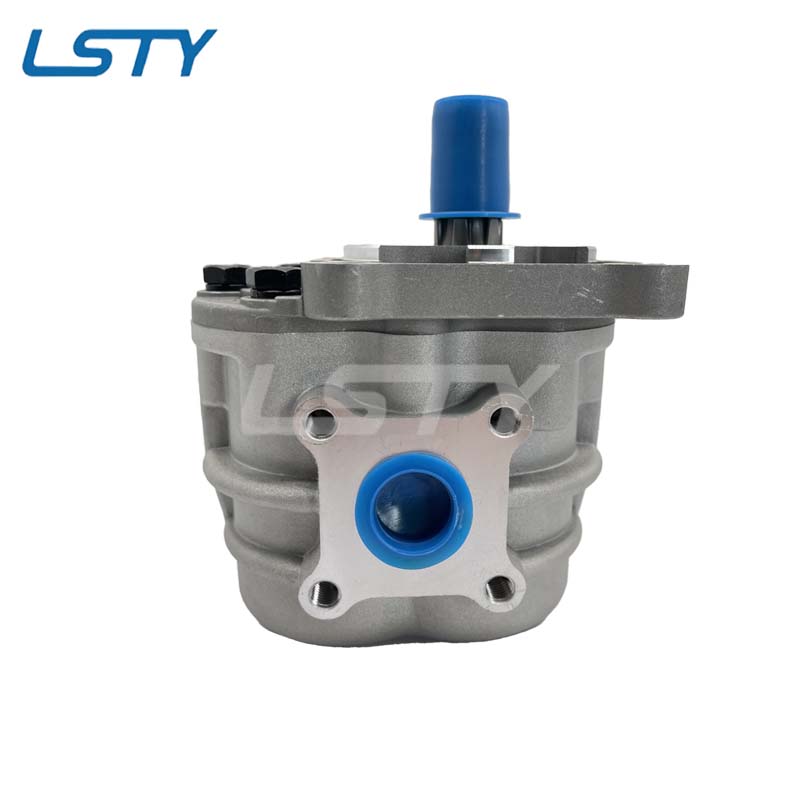If you are involved in industrial machinery, construction equipment, or agricultural applications, you know the importance of a directional control valve. This critical component manages the flow of hydraulic fluid in your system, ensuring smooth operation and efficiency. But how do you select the right one? What factors influence the hydraulic directional control valve price? And what is a directional control valve used for? Let’s dive deep into everything you need to know before making your purchase.
What Is a Directional Control Valve Used For?
Understanding what a directional control valve is used for is crucial before investing in one. These valves control the direction of hydraulic fluid, allowing machinery to perform essential movements like lifting, lowering, extending, and retracting.
A directional control valve is used in various industries, including:
Construction: Excavators, bulldozers, and loaders rely on directional control valves to operate their hydraulic arms.
Agriculture: Tractors and harvesters use these valves to control plows, seeders, and irrigation systems.
Manufacturing: Presses, conveyors, and automated machinery use directional control valves for precise movement.
Automotive: Hydraulic systems in power steering and braking mechanisms use these valves for efficient fluid direction.
Without a high-quality directional control valve, hydraulic systems would not function efficiently, leading to breakdowns and reduced productivity.
Factors Affecting the Hydraulic Directional Control Valve Price
When looking for a hydraulic directional control valve price, you will notice a wide range of costs. Understanding the factors influencing these prices helps you make a cost-effective decision.
1. Valve Type and Design
There are different types of directional control valves, including spool valves, poppet valves, and rotary valves. Spool valves are the most common and generally cost less than high-precision poppet valves.
2. Material and Build Quality
The material of the valve significantly impacts the hydraulic directional control valve price. Steel and aluminum valves are durable but more expensive, while lower-cost plastic or brass models are suitable for less demanding applications.
3. Number of Positions and Ways
A directional control valve can be classified based on the number of ports (ways) and switchable positions. For example, a 4/3 valve (four ports, three positions) is more complex and costly than a 2/2 valve.
4. Flow Rate and Pressure Rating
Higher flow rate and pressure capabilities increase the price. If your hydraulic system requires high-pressure operation, expect to pay more for a heavy-duty directional control valve.
5. Brand and Supplier
Well-known brands that manufacture reliable directional control valves often charge more due to their reputation and warranty offerings. However, buying from a reputable supplier ensures quality and longevity.
By considering these factors, you can find the best hydraulic directional control valve price that fits your budget and application.
How to Choose the Best Directional Control Valve for Your Needs
Selecting the right directional control valve requires careful consideration. Here’s what to look for to ensure you get the best product for your hydraulic system.
1. Determine Your System Requirements
Before purchasing, understand your hydraulic system’s pressure, flow rate, and fluid type. A valve that cannot handle your system’s demands may lead to inefficiency or damage.
2. Choose the Right Valve Type
Spool valves are ideal for general hydraulic applications, while poppet valves offer better sealing for high-pressure systems. Rotary valves are best for specialized machinery.
3. Check Compatibility
Ensure the valve is compatible with your hydraulic pumps, actuators, and hoses. Mismatched components can cause operational issues and leaks.
4. Compare Prices and Brands
Research different brands and compare the hydraulic directional control valve price to get the best deal without sacrificing quality.
5. Consider Manual vs. Solenoid Operation
Manual valves require physical operation, while solenoid-controlled valves provide automated functionality. Solenoid valves are more expensive but offer convenience and precision.
By following these guidelines, you can confidently invest in a directional control valve that enhances your hydraulic system’s performance.
Maintenance Tips to Extend the Life of Your Directional Control Valve
Proper maintenance of your directional control valve ensures long-term performance and prevents costly repairs. Here are essential tips to keep your valve in excellent condition:
1. Regularly Inspect for Leaks
Leaks in your hydraulic system reduce efficiency and cause wear on components. Check seals, hoses, and valve connections frequently.
2. Keep the System Clean
Dirt and debris can clog the directional control valve, leading to malfunction. Use high-quality hydraulic fluid and replace filters regularly.
3. Lubricate Moving Parts
If your valve has moving parts, ensure they are properly lubricated to prevent friction and wear.
4. Monitor Pressure Levels
Excessive pressure can damage your directional control valve. Use a pressure gauge to maintain safe operating conditions.
5. Schedule Routine Maintenance
Following the manufacturer’s recommended maintenance schedule ensures your directional control valve remains in peak condition.
A well-maintained valve guarantees efficient hydraulic operation and extends the lifespan of your equipment.
Supapă de control direcțională FAQs
What is a directional control valve used for?
A directional control valve is used to control the flow of hydraulic fluid in a system. It allows machines to perform movements such as lifting, lowering, extending, and retracting. Common applications include construction machinery, agricultural equipment, manufacturing automation, and automotive hydraulic systems.
What factors affect the hydraulic directional control valve price?
The hydraulic directional control valve price depends on several factors, including the type of valve, material, flow rate, pressure rating, and brand. High-performance valves made from durable materials tend to cost more but offer longer service life and better efficiency.
How do I choose the right directional control valve?
To choose the right directional control valve, consider your hydraulic system’s pressure and flow rate requirements. Also, determine whether you need a manual or solenoid-operated valve, and ensure compatibility with your existing components.
How do I maintain my directional control valve?
Proper maintenance includes regularly checking for leaks, keeping the system clean, lubricating moving parts, and monitoring pressure levels. Following a routine maintenance schedule helps extend the valve’s lifespan and ensures optimal performance.
Where can I find the best hydraulic directional control valve price?
You can find competitive hydraulic directional control valve prices from trusted suppliers, industrial equipment stores, and online marketplaces. Comparing different brands and reading customer reviews will help you make the best purchasing decision.
Understanding what a directional control valve is used for, how to maintain it, and what influences the hydraulic directional control valve price ensures you make an informed decision. Whether you need a valve for industrial, agricultural, or construction applications, selecting the right one will enhance your hydraulic system’s efficiency and longevity.
-
Right Engine Water Pump MattersŞtiriMay.09,2025
-
Hydraulic Motors for SaleŞtiriMay.09,2025
-
Hydraulic Gear Pump for SaleŞtiriMay.09,2025
-
Best Engine Water Pump ManufacturersŞtiriMay.09,2025
-
3 Stage Hydraulic Cylinder for SaleŞtiriMay.09,2025
-
Understanding Hydraulic MotorsŞtiriMay.07,2025
-
The Importance of an Engine Water PumpŞtiriMay.07,2025









